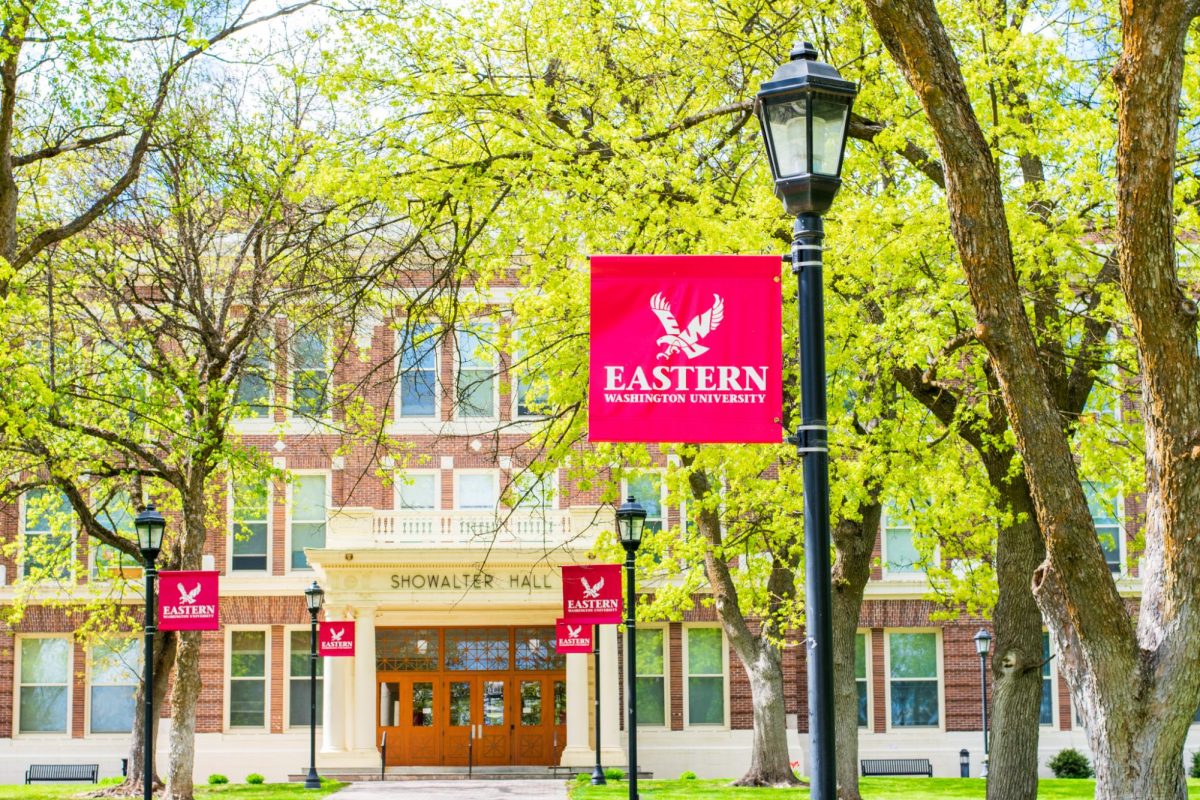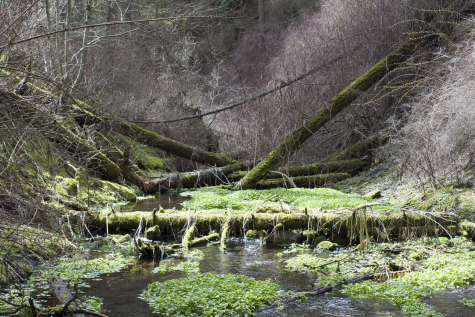Innards of the Rozell Plant revealed
March 15, 2013
The Rozell Plant, with four miles of underground tunnels, does all of the heating and cooling at Eastern, generating around 63,000 pounds per hour of steam at its peak this year.
Kevin Beckwith, the lead stationary engineer, has been working at the Rozell Plant for 17 years. He and the other six engineers who work there keep the boilers running and do all the maintenance, aside from some work on the actual furnaces. They are also the central dispatch for maintenance around the school during the night as there is at least one person at the plant 24/7.
They have never had a major breakdown or complications with their system, as they do maintenance and checkups often.
Constructed in 1969, the plant began its use in 1970 and has only been completely shut down twice in those 42 years of service, according to Beckwith. On average, the boilers generate 41,000 pph of steam and the chiller, used to produce cool water, can generate 500 tons of ice per hour.
Five water tube boilers, the newest of them being 11 years old, are used to boil water using natural gas furnaces. The steam is then pumped through underground pipes to every building on campus.
According to the Discovery-School website, this design has been around as early as 1766, but the first successfully used water boiler was by an American inventor, James Rumsey, in 1788. These boilers are used in stages, depending on the heat demand, so there is always enough for all the buildings.
After sending it out to buildings, the steam returns to the plant as condensation where it is collected and purified before being sent back to the boilers at around 225 degrees fahrenheit, adding to the efficiency, and boiled again. The furnaces circulate warm air, making combustion of the fires even better than just using air from outside.
The four miles of tunnels include not only pipes for steam but electrical and fiber cables, pipes for the cooling system, which is also stationed at this plant, hot and cold water supply and return pipes. These tunnels are walked by the engineers to check for ground water leaking into and flooding the tunnels.
One time, before they installed motion detectors, they found a bed in the tunnels under the PUB, and someone was sneaking up there to get food. The motion detectors now alert police to unauthorized entries. Beckwith said the plant is open for those interested in it and that he is willing to show anyone the inner workings.
Spokane used boilers similar to the ones at EWU, but much larger, that was in service until 1986. The plant was built in 1907 and the boilers went through many types of fuel, including coal, oil, wood, natural gas and electricity. Electricity became too expensive and the plant was shut down. It is now used for offices, retail space, the Steam Plant Brewing Company and Stacks Restaurant.
Some other colleges using boiler systems are Whitworth, Gonzaga and Washington State University. Whitworth uses a similar system with three boilers, the oldest being at 30 years, that heat 80 percent of the buildings on campus. Their system is in the same area of efficiency as Eastern’s own plant. Gonzaga uses boilers, but has moved away from a central heating plant and has a boiler for each building. The newer boilers they are upgrading to are up to 98 percent efficient.
Tomson Spink is a former employee here at the Rozell Plant who now works at Gonzaga. He said that EWU’s boiler system was easier to work on, as all the boilers were in a centralized space, rather than having one at each building. Instead of sending steam to every building, they send fuel to each building, and then the boilers heat water for the buildings. “It was the cheaper way to go,” said Tomson. “But Eastern has a really nice system.”














